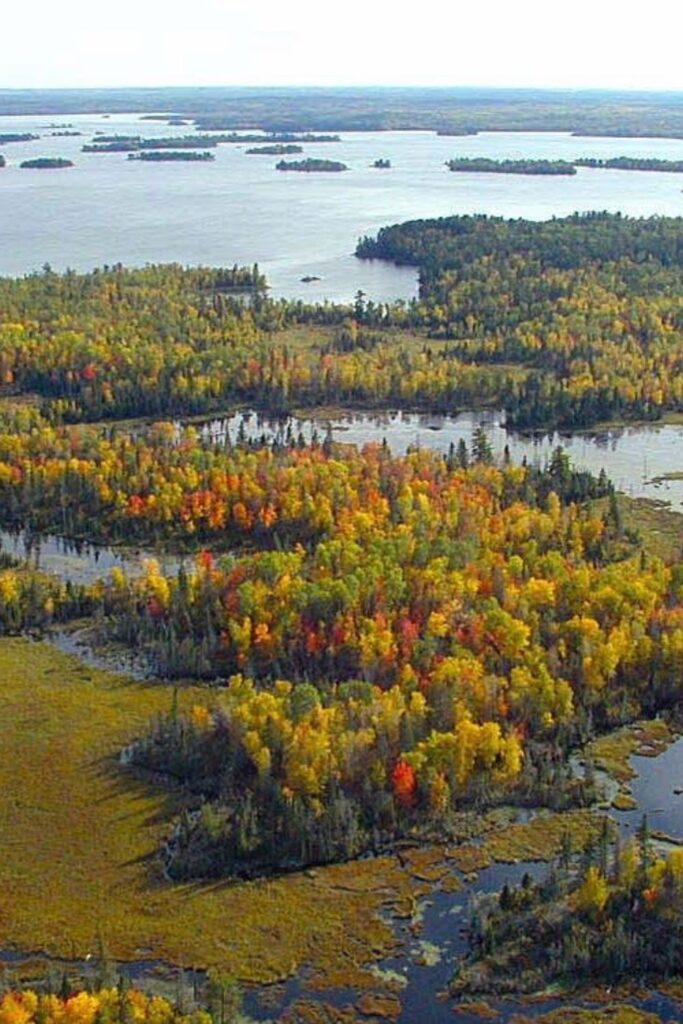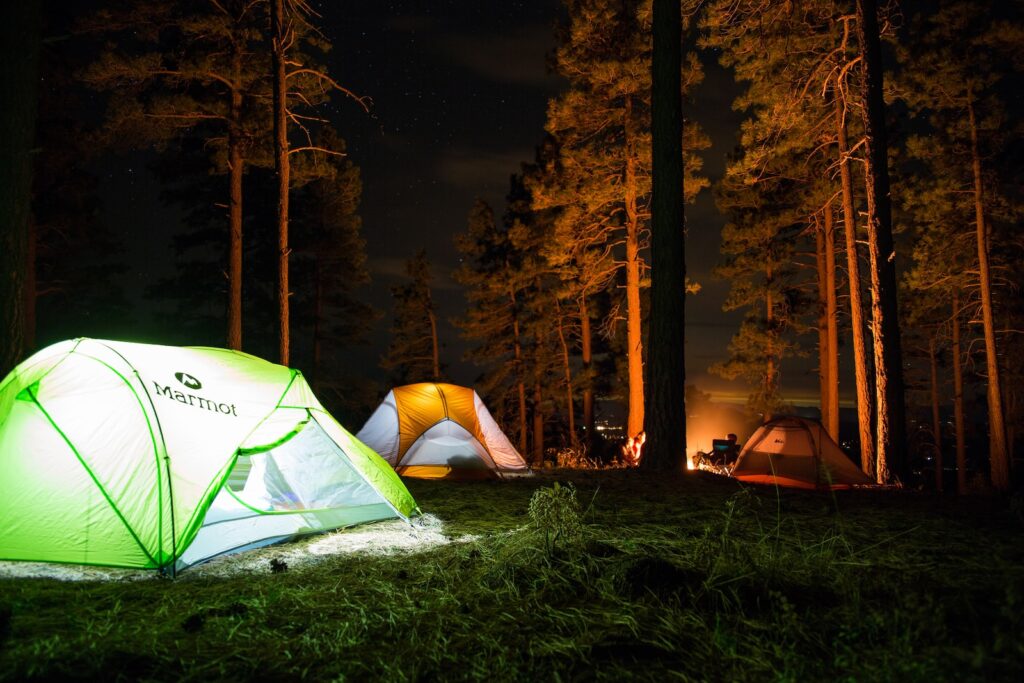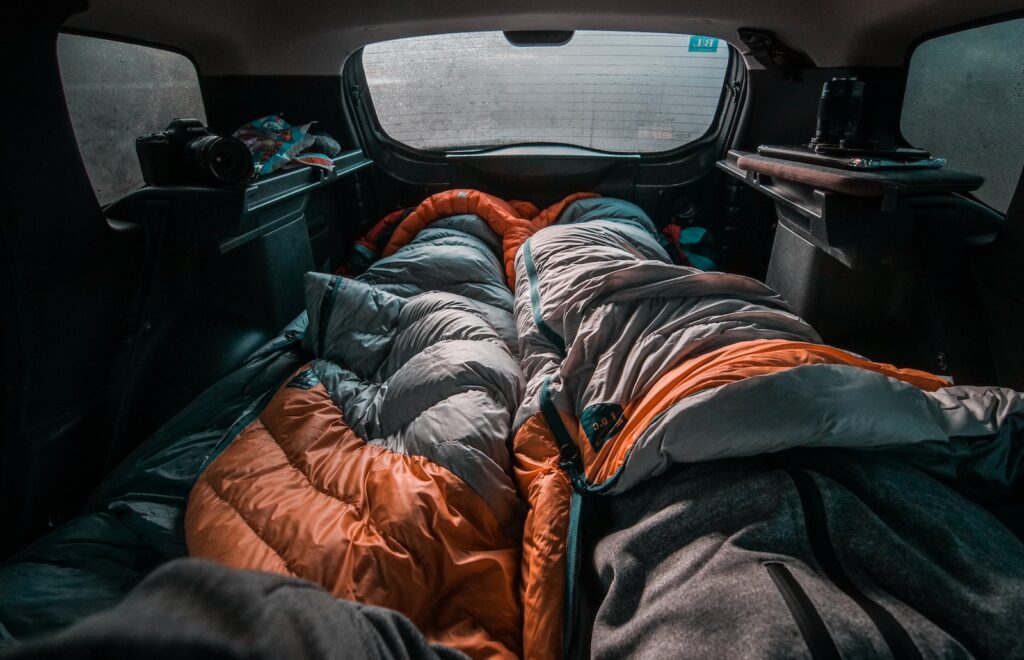
Fun and Exciting Things to Do in Voyageurs National Park
We may earn money or products from the companies mentioned in this post.
The only national park without a road, Voyageurs National Park boasts a unique experience for all visitors. Sandwiched between Canada and the northernmost point of Minnesota, Voyageurs National Park boasts more than 218,000 acres, including approximately 80,000 acres of water-filled national park scenery.

Road access within Voyageurs National Park is limited, with less than ten miles of road in total. Visitors should be prepared to park their car and explore the islands and waterways by boat, kayak, canoe, snowshoes, or skis.
The History of Voyageurs National Park
After the glacial period, the waterways that are now part of the Voyageurs National Park system were major routes for the very traders for which the park was named. The Voyageurs were a group of enterprising French-Canadians, who would travel the icy northern waters in large, hand-built birch-bark canoes. Employed by the European fur trading industry, the Voyageurs would bring along items like guns and ammunition to trade for furs, hunted and crafted by Native American tribes that had settled in the area.
The route of the Voyageurs was so often taken that in 1783, after the signing of the treaty of the American Revolution, the Voyageurs waterway route was acknowledged as an official international boundary.
Though there was a large movement to establish Voyageurs as a national park that began in 1891, it wasn t until 1975 that the legislation awarding Voyageurs national park status was passed.
Visiting Voyageurs National Park
Voyageurs National Park is open to outdoor enthusiasts and visitors year-round. Summer climates range from 55-80 degrees while winter climates can be quite harsh, with the mercury hovering between 0 and 15 degrees. The northern waters can also bring strong winds, which can make the atmosphere feel even brisker. Visitors should plan to bring warm clothing along, even in the typically hot months of July and August.
When visiting Voyageurs National Park, guests should be prepared to leave their cars on the mainland. Most of the park’s islands, hiking trails, and wildlife are best viewed from the water. In the summer, traveling the waters by canoe, kayak, or motorboat is common.
The National Park Service also hosts a rental program for visitors who will be visiting the park without water transportation. Additionally, some programs allow visitors to the park to experience the waters in replicas of the birch-bark canoes used by the original Voyageurs.
In the winter season, skis, snowmobiles, and snowshoes are the popular mode of transportation for visitors to Voyageurs National Park. Snowshoe loans and cross-country ski rental are available. In addition to these popular winter activities in Voyageurs National Park, the National Park Service hosts winter naturalist programs, and ice fishing is allowed in the waters of the park.

There are more than 200 designated campsites within Voyageurs National Park, all designed for campers who are able to travel via waterway to access the sites. While camping is free within the park, a permit is required.
There are drive-up campsites available at the nearby Woodenfrog and Ash River state forests. Camping is limited to two weeks at a time, no more than 30 days within one year, and can only take place between May 15 – September 15.
Three visitor centers are available to Voyageur’s National Park guests. The Rainy Lake Visitor’s Center is open year-round, though the hours vary depending on the time of day and the season. The Kabetogama Lake Visitor’s Center and the Ash River Visitor’s Center are both open daily from the end of May until late September.
Voyageurs National Park in northern Minnesota is known for its outstanding water resources and is popular with canoeists, kayakers, other boaters, and fishermen. All the campsites in the park only are accessible from the water. Canoes, kayaks, pontoons, and houseboats are common forms of transportation.
Boat-in Sites
There are more than 200 boat-in campsites throughout the park. These areas are located at river mouths, islands, and lakeshores. They are equipped with boat docks or tie-up areas but are otherwise primitive and without amenities.
Boat-in campsites are on a first-come-first-served basis and camping in the park is free. Some sites have metal or rock rings. Keep fires within these rings. You are not permitted to build new rock rings on the campsite. You can obtain a mandatory camping permit from one of three visitor centers throughout the park.
Hike-in Sites
Hike-in backcountry sites are available on the Kabetogama Peninsula. You will still need a boat to reach the trailhead, but once ashore you can hike across the peninsula’s wilderness, camping at one of the trailside camping areas. Some of these sites are on lakes that are not accessible from the main waterways, making them more secluded than the boat-in sites.
Group Camping
Two group campsites are available at the park on a reservation basis from May 22 to September 26, and on a first-come-first-served basis for the remainder of the year. The Rainy Lake and Kabetogama Lake group sites each feature seven tent pads, four food lockers, a vault toilet, two fire rings, picnic tables, and dock accommodations for 8 to 10 boats. Each site has wheelchair access including a wheelchair lift on the dock which can you must request three days prior to arriving.

Car Camping
Though you cannot drive to any campsites within the park, you can camp from your car at either Woodenfrog or Ash River State Forest campgrounds on the camp’s southern border. Both campgrounds offer primitive sites with vault toilets and drinking water.
Bears
Voyageurs National Park is a deep wilderness with a black bear population of approximately 150. The bears rarely cause injuries to humans but property damage is common. To prevent damage to your campsite and protect bears from the dangers of human interaction, the national park service suggests taking precautions when camping in the park.
When you are finished cooking meals properly store food in one of the bear-proof lockers or hang it from a tree branch 14 feet high and 10 feet from the tree trunk. Keep food inside your boat or car, hidden from sight and smell.
